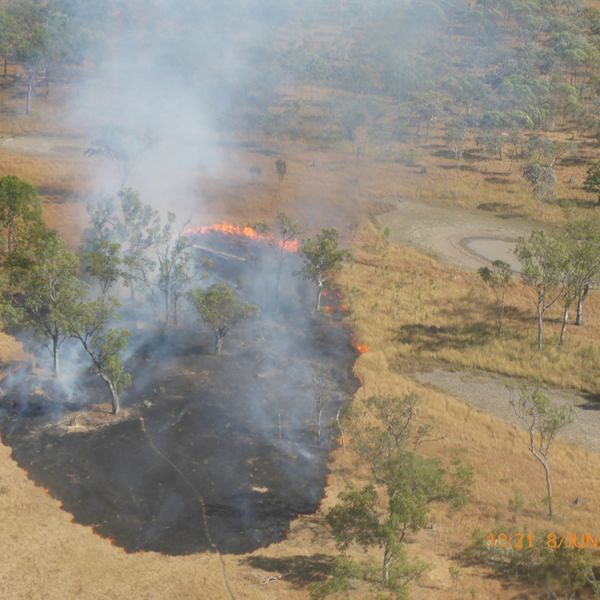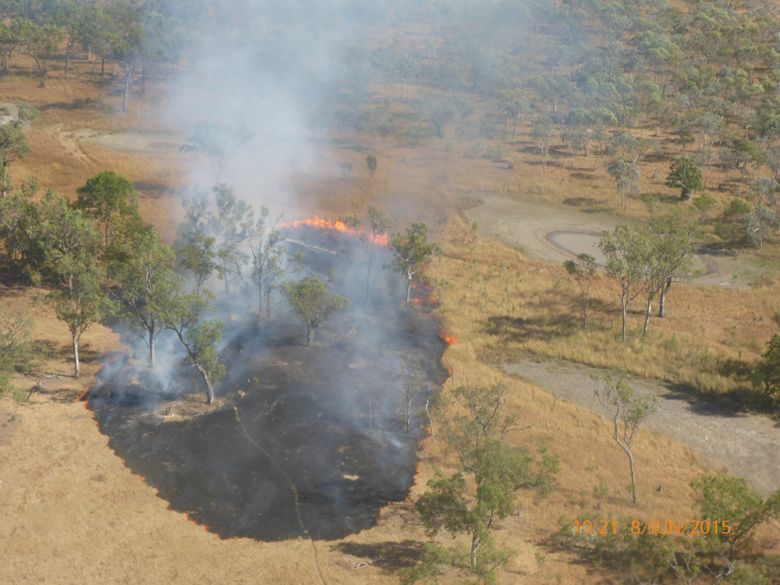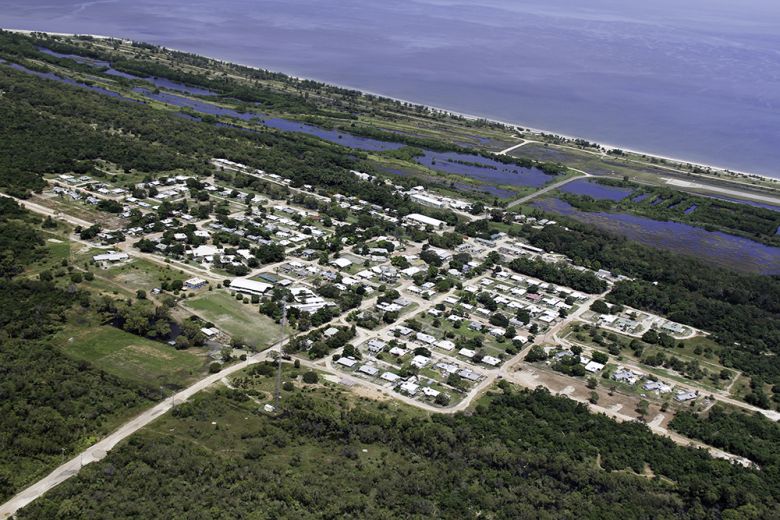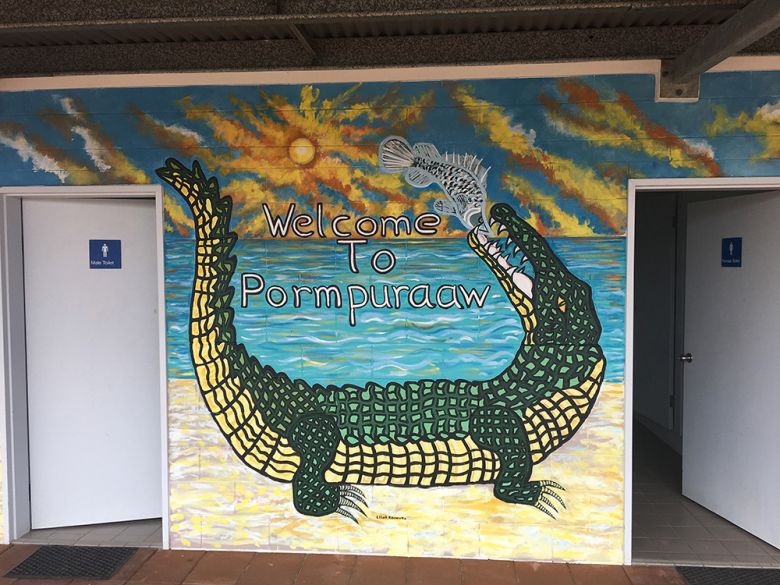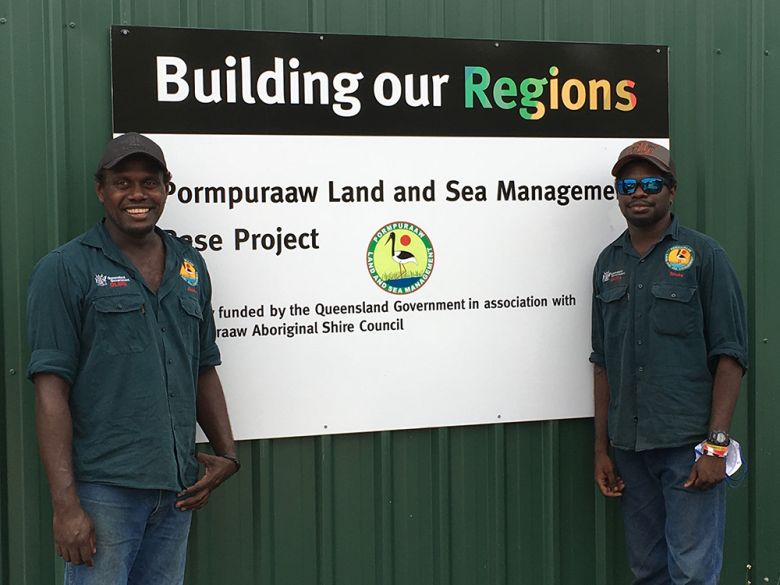Kategorier

Finansiera klimatåtgärder via koldioxidkrediter
Genom att stödja certifierade projekt runt om i världen främjar du trovärdiga klimatåtgärder och hållbar utveckling.

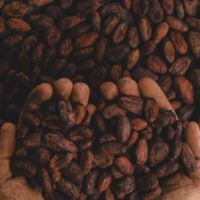

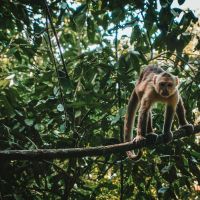
Reducera klimatutsläpp
Vår plattform gör det möjligt för individer och organisationer att mäta, spåra och kompensera för sina utsläpp.

2024 års Net Zero rapport från South Pole
Vägen mot nettonoll: vart befinner sig företagen?

South Pole blogg
Få nya perspektiv och insikter om stora klimattrender från våra interna experter och gästförfattare.

2024 års Net Zero rapport från South Pole
Undersökningen visar att de flesta företag inom nästan alla sektorer lägger locket på när det gäller sina gröna mål.

Catching up with Climate
Håll dig uppdaterad med de senaste nyheterna och händelserna inom klimat och hållbarhet.
